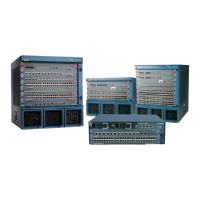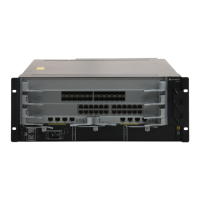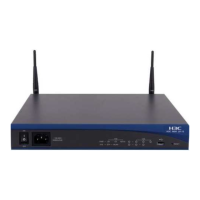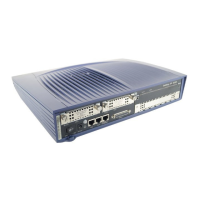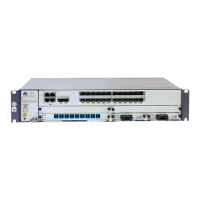stp disable
#
interface XGigabitEthernet0/0/2
port link-type trunk
port trunk allow-pass vlan 5 to 6 10 to 11 100 to 300
stp disable
#
return
3.6.5 Example for Configuring Crossed RRPP Rings with Multiple
Instances (HW version)
Networking Requirements
As shown in Figure 3-9, UPE A, UPE B, UPE C, UPE D, and PE-AGG form two multi-instance
major rings: ring 1 in domain 1 and ring 1 in domain 2.
CE1, UPE B, and UPE C form two subrings: ring 2 in domain 1 and ring 2 in domain 2. CE1 is
connected to the major rings through XGE 0/0/3 of UPE B and XGE 0/0/3 of UPE C. UPE B is
an edge node, and UPE is an assistant edge node.
CE2, UPE B, and UPE C form two subrings: ring 3 in domain 1 and ring 3 in domain 2. CE2 is
connected to the major rings through XGE 0/0/4 of UPE B and XGE 0/0/4 of UPE C. UPE B is
an edge node, and UPE is an assistant edge node.
VLANs 100 to 300 are configured on CE. Domain 1 and domain 2 share the traffic of packets
from VLANs 100 to 300. Packets from VLANs 100 to 200 are transmitted through domain 1,
and packets from VLANs 201 to 300 are transmitted through domain 2.
Table 3-3 shows the mapping between protected VLANs and instances in domain 1 and domain
2.
Table 3-3 Mapping between protected VLANs and instances
Domain ID
Control
VLAN ID
Instance ID
of Control
VLAN
Data VLAN ID Instance ID of
Data VLAN
Domain 1 VLAN 5,
VLAN 6
Instance 1 VLAN 100-200 Instance 1
Domain 2 VLAN 10,
VLAN 11
Instance 2 VLAN 201-300 Instance 2
Table 3-4 shows the master node of each ring, and the primary port and secondary port on each
master node.
Table 3-4 Master nodes, and primary and secondary ports on the master nodes
Ring ID
Master
Node
Primary
Port
Secondary Port Ring Type
Ring 1 in
domain 1
PE-AGG XGE 0/0/1 XGE 0/0/2 Major ring
Quidway S6700 Series Ethernet Switches
Configuration Guide - Reliability 3 RRPP Configuration
Issue 01 (2011-07-15) Huawei Proprietary and Confidential
Copyright © Huawei Technologies Co., Ltd.
109

